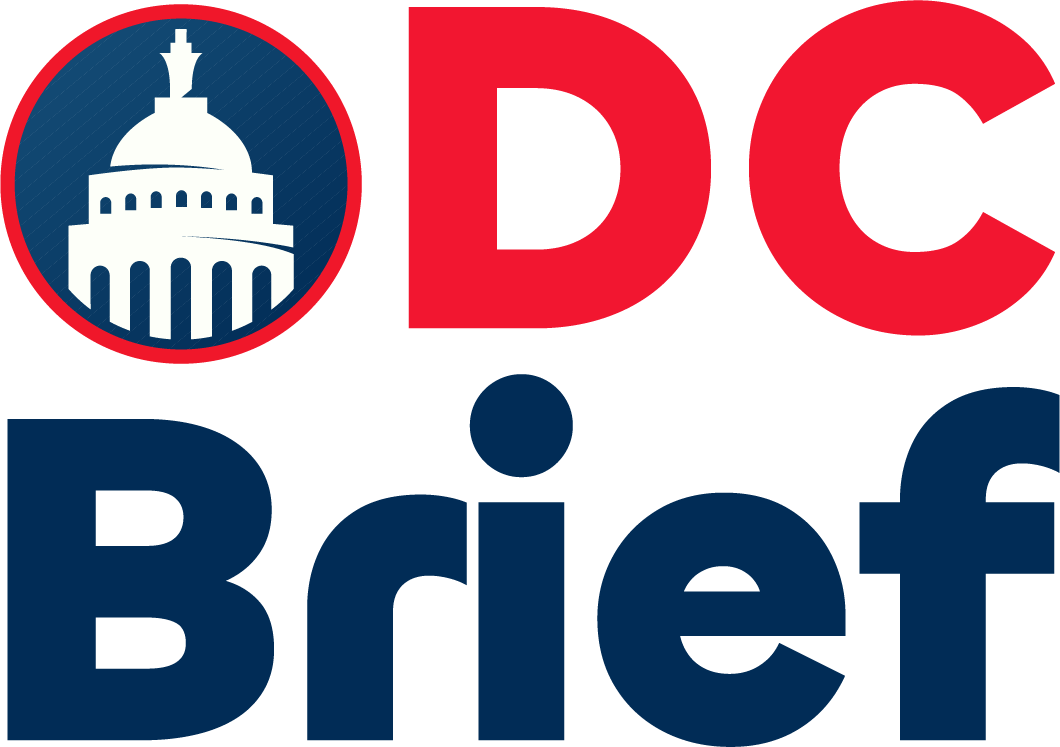The US crypto regulation has sparked growing interest among major banks and corporations to launch their dollar-backed crypto tokens. The GENIUS Act sets federal rules for stablecoins pegged to the US dollar, creating the first national framework for these digital assets. Supporters believe the legislation could make stablecoins a mainstream payment method. However, experts warn that implementation may be complex and lengthy.
Stablecoins maintain a constant value, typically a 1:1 peg to the US dollar. Their popularity has surged in recent years, especially for transferring funds between cryptocurrencies like Bitcoin and Ethereum. Companies see stablecoins as a way to enable instant transactions and faster settlement times. The US crypto regulation provides a regulated pathway for banks, retailers, and fintechs to explore their own token offerings. Still, firms must navigate strategic and technical challenges before launching.
Large names such as Bank of America, Citigroup, and Fiserv are evaluating stablecoin plans. Retail giants like Walmart and Amazon have also explored potential use cases. Companies must decide whether to create a proprietary token or integrate existing options like Circle’s USDC. This decision depends on the intended use, whether for customer transactions, internal settlements, or cross-border payments. Industry experts note that clear goals will drive the most effective strategies.
Nonbank issuers will face new compliance costs under the GENIUS Act, including strict anti-money laundering and know-your-customer rules. Firms with strong risk management systems may have an advantage. Banks already have such controls in place, which could help them move faster. Even so, they must assess the liquidity and capital impacts of holding stablecoins on their balance sheets.
Issuers must also decide which blockchain infrastructure to use. Public blockchains like Ethereum and Solana offer transparency and large user bases. Private, permissioned blockchains provide more governance and control, a feature many banks may prefer. Some technology providers believe permissionless blockchains have proven their scalability and resilience. The choice will depend on each institution’s risk tolerance and operational needs.
The US crypto regulation will take time to fully implement. Regulators like the Office of the Comptroller of the Currency and the Treasury Department will issue detailed rules on compliance, risk management, and compatibility with foreign regimes. Experts expect these measures to roll out gradually over several years. This phased approach allows institutions to adapt systems and strategies while managing regulatory uncertainty.
For more business updates, visit DC Brief.


